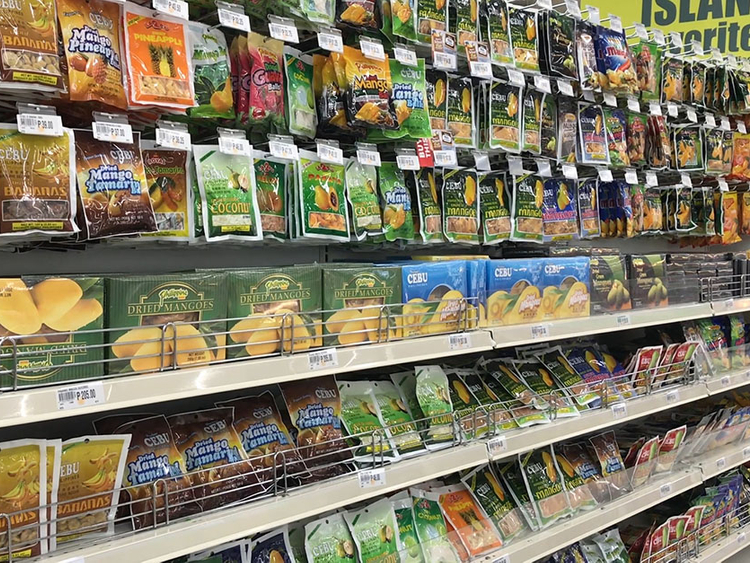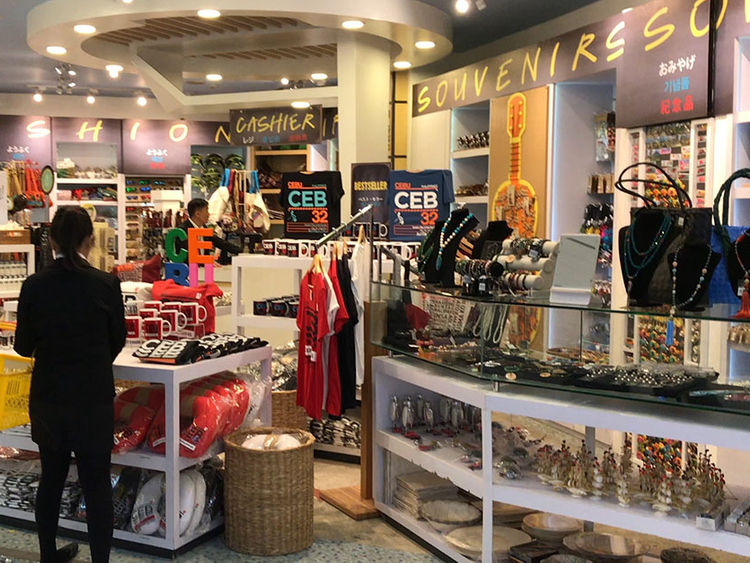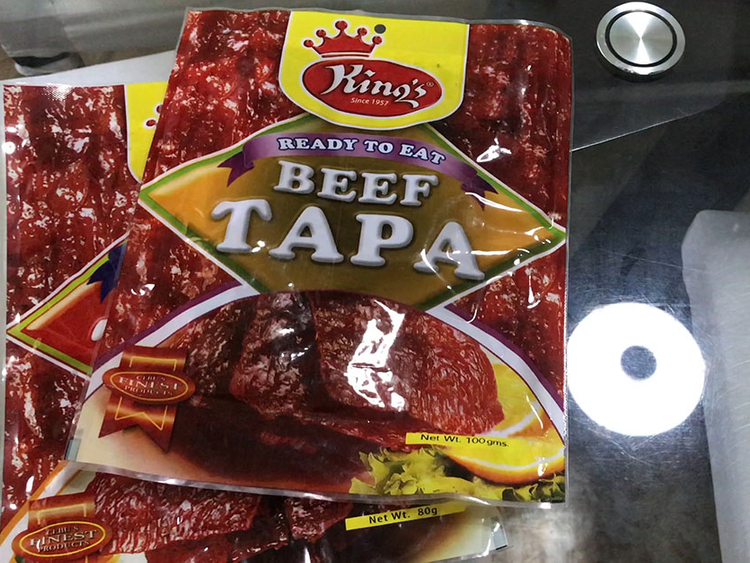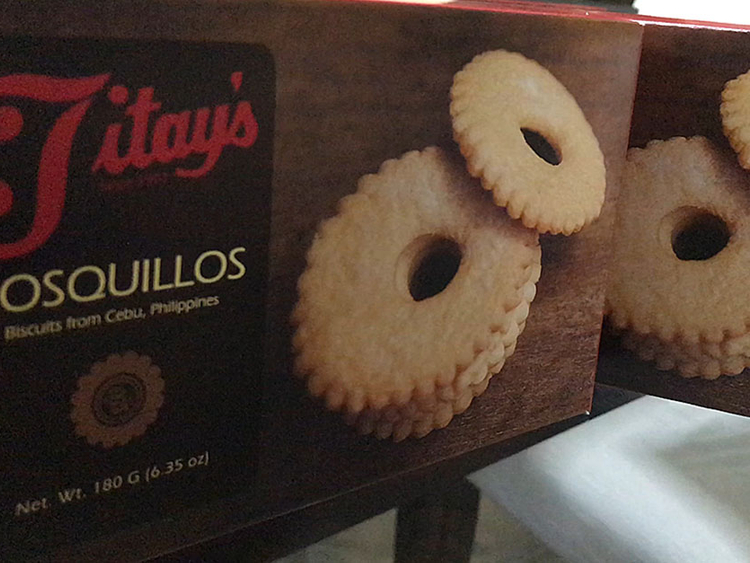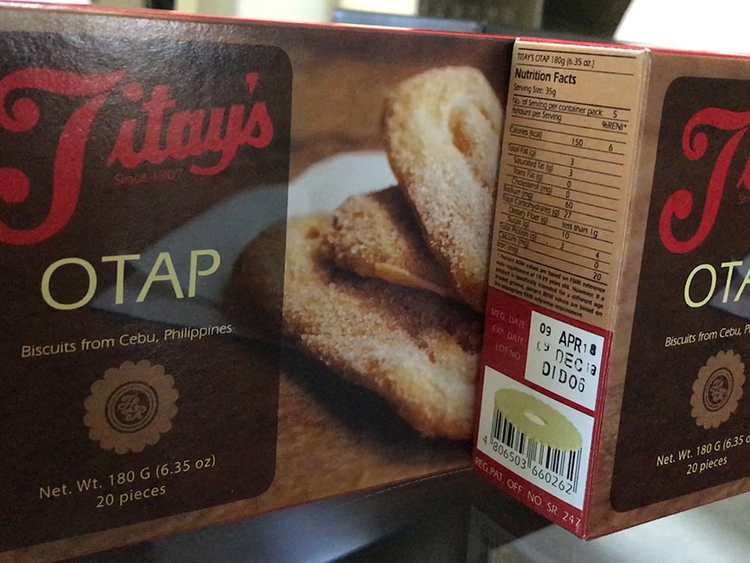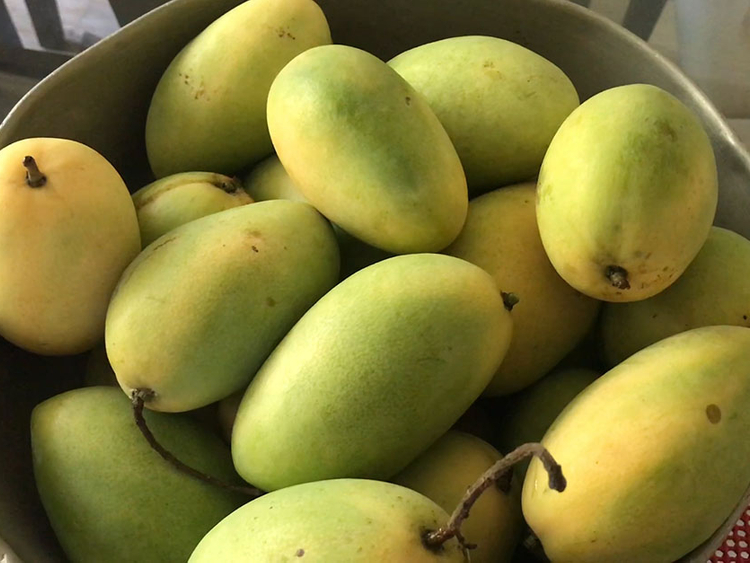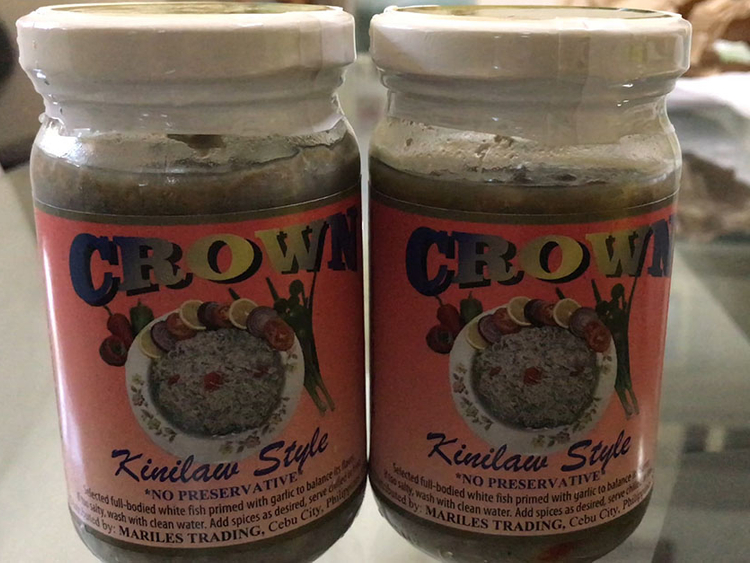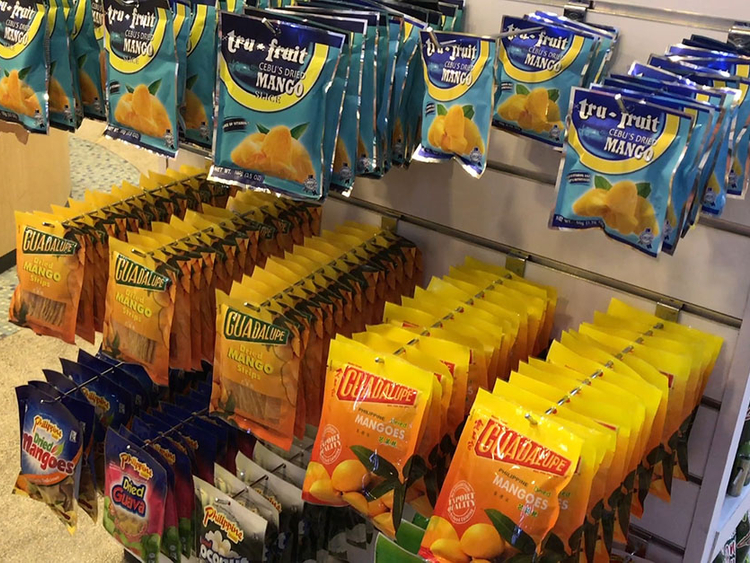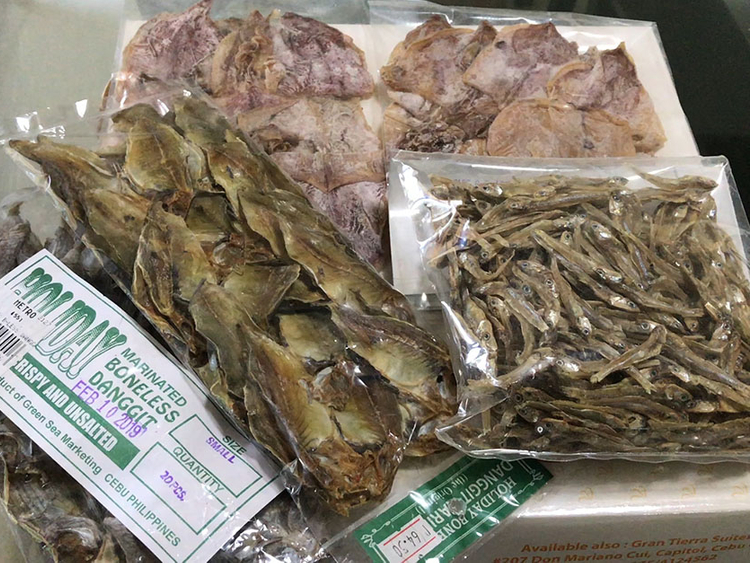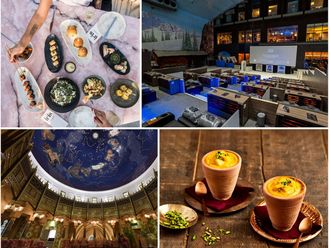Dubai: Whenever Filipinos visit a new place or go on vacation in their hometowns, one thing that is almost on top of their checklists is the “pasalubong” and often bagfuls of it.
Pasalubong is a gift or souvenir brought by a traveler returning from a trip and it has been a long-held Filipino tradition for travelers to bring gifts to people back home. It can be any gift, but most often is consists of native delicacies, which is especially popular among Filipinos living abroad.
And like many other Filipinos, I too, always feel excited and look forward to bringing something special when I go for a vacation in the Philippines. In fact, I have never come back to Dubai empty-handed – there is always that sweet delight from my various journeys in the Philippines. I always have one travel bag just for “pasalubong”.
 Pasalubong is a Filipino word, a variant of the word pansalubong or pangsalubong. It comes from the root word salubong, which means 'to welcome' or 'to meet'.”
Pasalubong is a Filipino word, a variant of the word pansalubong or pangsalubong. It comes from the root word salubong, which means 'to welcome' or 'to meet'.”
In my recent annual vacation, my bagful of goodies of course included must-bring delicacies from my hometown Cebu, but my travel in some other provinces also opened me to a whole new world of delicious food items and specialities that only the intrepid foodie can find.
On the other hand, I also don't fail to bring a piece of Dubai to my hometown. My pasalubong bag to Cebu usually consists of dates, chocolates and some other local delicacies. In my 13 years of going back and forth between Dubai and Cebu as an overseas Filipino worker (OFW), I've always preferred bringing food than other stuff as pasalubong.
I used to bring t-shirts with Dubai and Cebu printed on them, refrigerator magnets and other items, but being a foodie person, I feel happier whenever I get to share some of my gustatory discoveries with my family and friends.
In my recent trip to the Philippines, I visited Surigao City in the northeastern tip of Mindanao. It was a memorable trip as I was able to see the raw beauty of some underrated destinations in Mindanao. Aside from the experience, what excited me as well obviously was the thought of discovering new delicacies to try and hopefully bring as pasalubong to my family back in Cebu.
And the trip certainly didn't disappoint as I uncovered some delicious delicacies that even some of the natives hardly knew about, as well as truly tasteful interpretations of well-known dishes.

The ginamos is a Philippine delicacy made of salted, fermented fish fry.
My recent vacation certainly fully satisfied my cravings, and here I share some of the different kinds of pasalubong items I took with me during my travel to Surigao and Cebu.
Surigao
When in Surigao City, you should definitely try out a local delicacy that even some locals or long-time travelers to the city hardly know about: sayongsong. The reason why not many know about it is because it is only sold in a barangay outside the city centre. But once you've tasted it, it's definitely worth the trip.
“We want people to come and visit our barangay,” explains Daniel Ronquillo, a shopkeeper at Marbie's store in the village of Ipil, where the delicacy originated, on why the owners have not ventured opened a shop in the city centre.
While the food shop is a good 30-minute travel from the city, it is quite easy to find as it is along the way going to Surigao's popular beach destination, Mabua Pebble Beach.
Sayongsong is a kind of rice cake, made from ground sticky rice that is cooked with gata (coconut milk), milk and sugar.

While sayongsong was a winner, the shop also sells other delicacies such as bibingka, a type of rice cake set on a banana leaf and then cooked in a clay pot, and, biko, a sweet rice cake made of glutinous rice. There is also the linosak, which is made using mashed banana.
For a long time, Surigao has been mainly known as a seafood haven, where one can find some of the freshest catch in the city's main market. The sayongsong is definitely a great addition to its delectable food attractions.
Cebu
Cebu has a much broader array of delicacies to choose from, including some of the sweetest mangoes you can find in the country.

In my bucket list whenever I'm in Cebu, I never fail to bring mangoes, the fresh ones and those that come in a pack as dried mangoes.

When it comes to delicacies such as buwad (dried fish), one can find a lot of items in the supermarkets in the city centre, but the more intrepid foodie travelers may want to venture into the Tabo-an market to find a much wider selection and at more competitive prices. The danggit (sundried rabbitfish) and nokus (sundried squid) are best sellers.

There are also pasalubong stables such as otap (puff pastry cookie) and rosquillos (those donut-shaped cookies), which I think every visitor must try.

And also in this trip, I brought along a few packs of pinasugbo (deep fried caramelized sliced banana), which is common in Iloilo and Bacolod but is also a favourite pasalubong in Cebu.
If food is not your thing, there are many other options, especially when you're in Cebu, such as souvenir t-shirts, magnets, keychains, mugs, accessories and handcrafted home décor. And of course, the food items I have listed here are just a but a few of the many other delicacies that you can find all over the Philippines.
The long-held Filipino tradition of bringing pasalubong to loved ones and friends is of cultural importance that has helped shape and strengthen the bond among families and friends. For those of us who live outside the country, the pasalubong is a way to remain connected with the traditions and values of our home country.
With inputs from Jobannie Tabada, Features Editor - Property Weekly
What's your favourite pasalubong? Comment below or share your photos on the Gulf News Facebook page.


